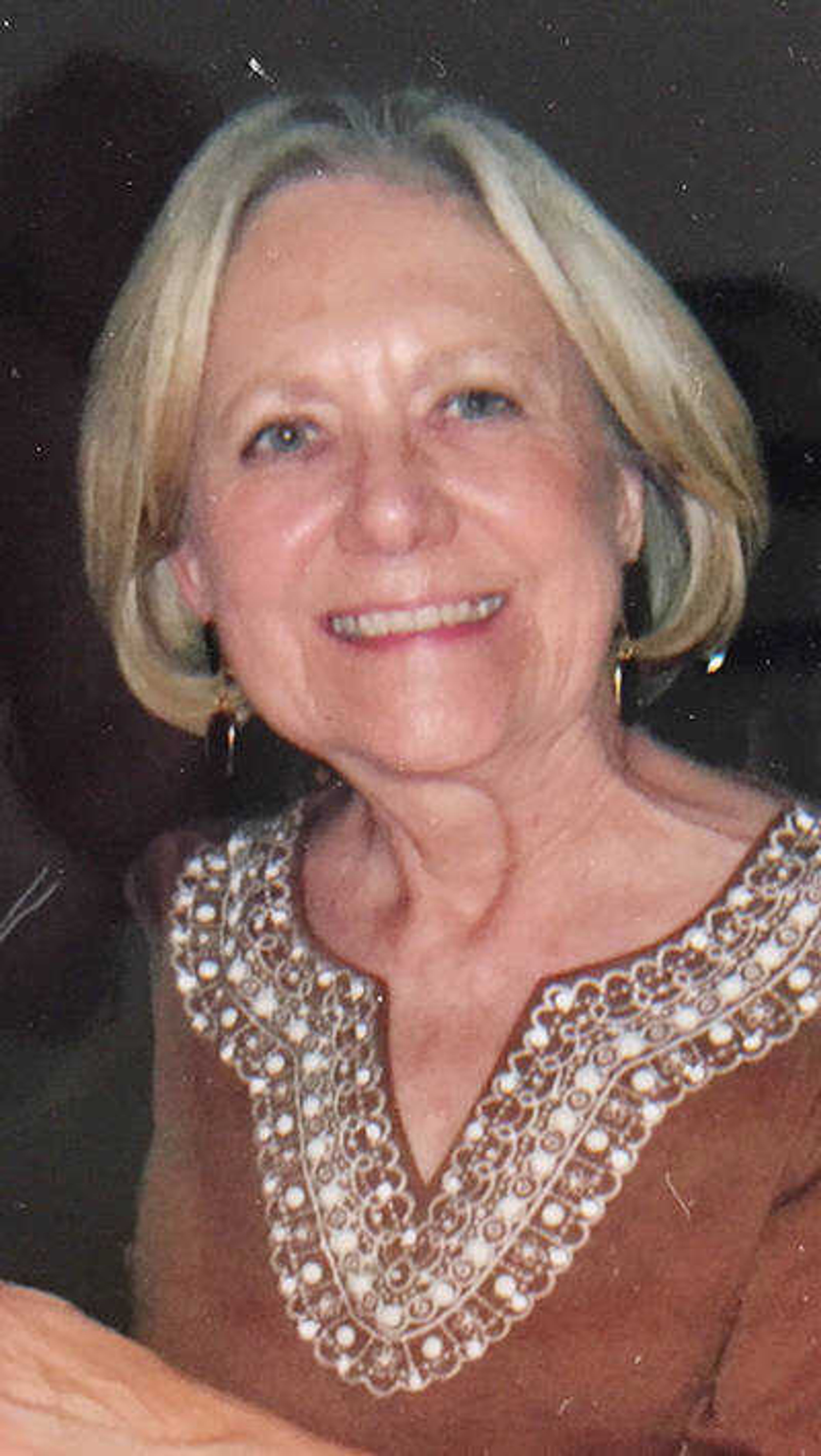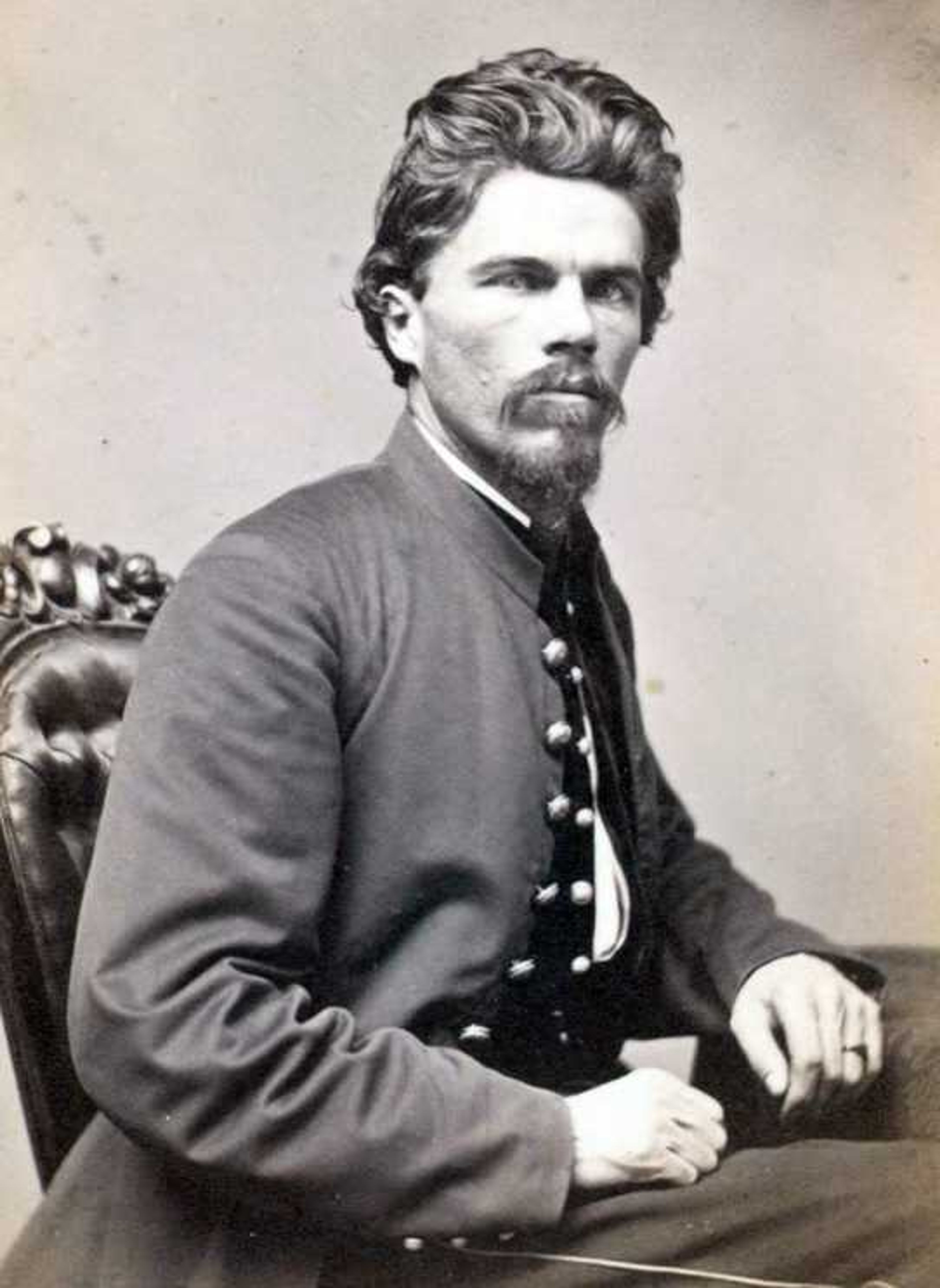Civil War Union military leaders occupied Cape Girardeau on July 10, 1861. Knowing the importance of the press, the First Wisconsin Cavalry confiscated Matthew Moore's Cape Girardeau Eagle newspaper. (Moore was owner of the Sherwood House and a Southern sympathizer.) He and his family quickly exited the city, leaving the house to W.H. Morris, another Southern sympathizer. The home was quickly overtaken by the Union officers.
A Union regimental surgeon, Dr. Thomas Hawley, in his book, "The Terrible Struggle for Life," gives a first-hand medical account after he was sent to Cape Girardeau by steamboat. Upon arrival with the 11th Missouri Infantry at Camp Fremont, the doctor states the sick and wounded were housed in old drafty mills and a farmhouse.
In letters dated in August to his family, he explains how long and exhausting his days were: "Diseases are wide spread as sanitary conditions are limited. Men are thrown together in close quarters which make contagious diseases spread rapidly, including typhoid fever and malaria."
Later, his tone changed as he revealed better hospital facilities were arranged at the "contraband" hospital in W.H. Morris' "private home on Washington Street": "...we live at home with nice office in the front parlor, chairs, and large looking glass. In the back, there is a large bedstead, feather bed and hair mattress. I occupy a room with the quartermaster. There is a sliding door between it and the office. There is a long hallway back to the patients' dining room. Outside are the kitchen, store room, and outhouses. The seven rooms upstairs are for the sick, but four have recently died of typhoid fever...I cannot rejoice enough for occupying this house, when it has saved lives."
Hawley named an escaped slave from Arkansas, Charles, who was hired and allowed to stay: "He was full and overflowing with joy." He worked in the kitchen, office and took care of doctors' horses.
The hospital served victims of smallpox, as the "Military Map of Forts 1865" drawn by Capt. William Hoelcke, clearly shows. Interestingly, the Sherwood Hospital was within eye shot of Fort A at the end of Bellevue, the next high hill south.
Legend states there was a tunnel in the cellar which led to the Lorimier Cemetery across the street. Another belief is that the tunnel led to the Ellis House and on to the river.
Following the Sherwood House as a hospital, it was renovated and became the Washington Female Seminary in 1870, a forerunner perhaps of the Normal School of 1873.
After the school closed, the large front door keys passed along to Civil War veteran, Alfred Minton, and his second wife, Frances, in 1882. They moved from Egypt Mills so their 11 children could have the advantage of the Cape Girardeau school system. Alfred died in 1901, leaving Fanny alone until her death Dec. 28, 1914.
Fortunately, the historic legacy of the Sherwood-Minton house lives on with the present owner, who also is enjoying its city vistas from the high windows upstairs.
Connect with the Southeast Missourian Newsroom:
For corrections to this story or other insights for the editor, click here. To submit a letter to the editor, click here. To learn about the Southeast Missourian’s AI Policy, click here.










